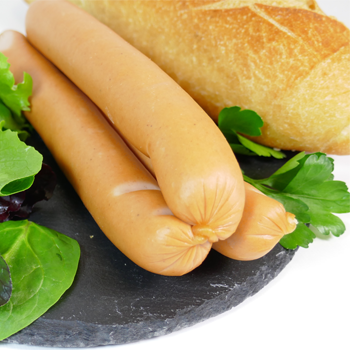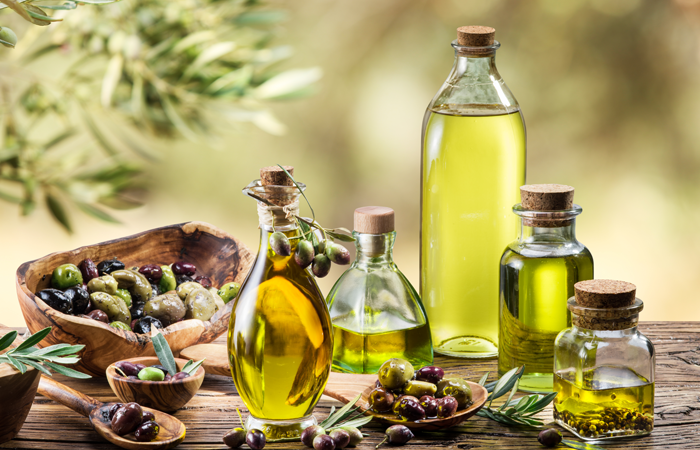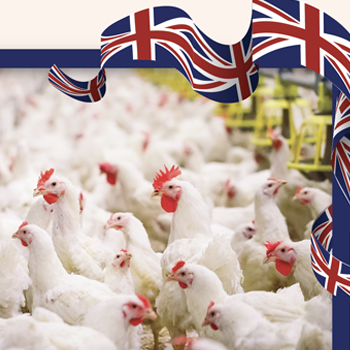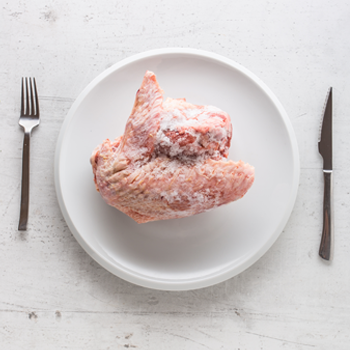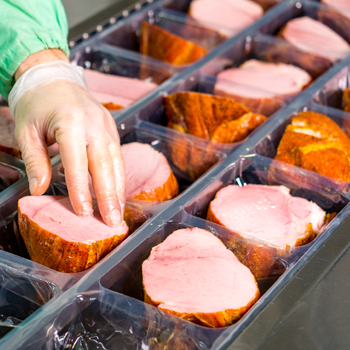ไส้กรอกมังสวิรัติ…ทางเลือกของผู้รักสุขภาพที่ไม่อาจห้ามใจจากไส้กรอก
ณปภา พันธ์แก้ว
Naprapa Pankaew
Product Executive
Bo.p@dpointernational.com
DPO (Thailand) Ltd.
ในปัจจุบันนี้ตลาดสินค้ามังสวิรัติมีการเติบโตอย่างต่อเนื่อง เนื่องจากผู้บริโภคลดการบริโภคเนื้อสัตว์แล้วหันมารับประทานผลิตภัณฑ์ทดแทนเนื้อสัตว์แทนเพื่อสุขภาพของตัวเอง ซึ่งจากพฤติกรรมของผู้บริโภคดังกล่าว ทำให้ตลาดอาหารมังสวิรัติและอาหารทดแทนเนื้อสัตว์ที่ทำจากถั่วเหลืองมีบทบาทมากขึ้น อย่างไรก็ตาม ผลิตภัณฑ์ที่จะสามารถประสบความสำเร็จได้นั้นส่วนใหญ่จะต้องมีรสชาติและเนื้อสัมผัสใกล้เคียงกับผลิตภัณฑ์เนื้อสัตว์ในท้องตลาด
ไส้กรอกมังสวิรัติถือว่าเป็นทางเลือกหนึ่งของผู้บริโภค เนื่องจากไส้กรอกเป็นผลิตภัณฑ์ที่ได้รับความนิยมสูงสุดในกลุ่มผลิตภัณฑ์เนื้อสัตว์แปรรูป ทำให้ผู้บริโภคส่วนใหญ่เลือกที่จะบริโภคเป็นอันดับต้นๆ ไส้กรอกมังสวิรัติเกิดจากการรวมตัวกันของโปรตีนผสมจากพืช และ Stabilizing system ในการผลิตไส้กรอกมังสวิรัติ การเลือกองค์ประกอบของส่วนผสม ไม่ว่าจะเป็นโปรตีน Hydrocolloids และ Emulsifiers ถือเป็นหัวใจสำคัญ เนื่องจากส่วนผสมที่เหมาะสมจะทำให้ได้สินค้าที่มีคุณภาพ ตรงตามความต้องการ และยังส่งผลให้กระบวนการผลิตมีประสิทธิภาพมากขึ้นอีกด้วย Stabilizing system ที่ดีจะต้องสามารถนำมาใช้งานง่าย ขั้นตอนการผลิตไม่ซับซ้อน และเหมาะสมกับเครื่องจักรในโรงงานอุตสาหกรรม
Currently, vegan food segment is continuously growing because consumers tend to reduce their meat consumption and turn into meat substitute products instead due to health concern. Such consumer behavior results in gaining more market share of vegan food, however, the products that have been successful in the market mainly have a similar taste and texture to the existing meat products.
Vegan sausage is one of the options for vegan people since sausage is the most popular among processed meat product. Normally, vegan sausage is made from the specific combination of protein mix and stabilizing system that act as emulsifying and stabilizing components. The selection of the ingredient such as proteins, hydrocolloids and emulsifiers and the way each component works is the key to good results and to make it possible to develop formulations with the desired synergy effects that fit the target application. The good stabilizing system should be easy to use, facilitate the production and machine.
